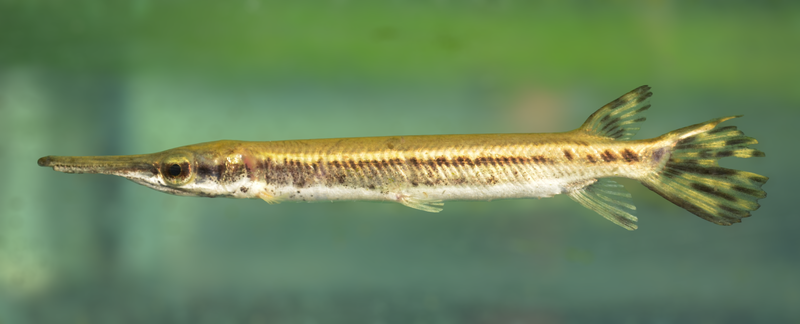
ABQ BioPark plays a leading role in freshwater fish conservation in the Caribbean and around the globe
ABQ BioPark plays a leading role in freshwater fish conservation in the Caribbean and around the globe
July 23, 2021- At first glance, you may not see the resemblance between the freshwater ecosystems of the desert Southwest and the lush streams that drain the interior of the Caribbean’s tropical islands. But if you look below the surface, you may quickly realize that life underwater takes on a familiar appearance. More importantly, many of the same conservation challenges for freshwater fish hold true nearly everywhere, especially here in the Rio Grande Valley. A joint effort between the ABQ BioPark Center for Species Survival and the International Union for Conservation of Nature (IUCN) Freshwater Biodiversity Unit recently found that 40-50 percent of Caribbean freshwater fish species are threatened with extinction. This came just months after a global report found that one-third of freshwater fish worldwide are threatened with extinction.
Tim Lyons, Species Survival Officer for aquatic species at the ABQ BioPark, is part of an ongoing effort to assess the extinction risk of every freshwater fish species on the planet, and has coordinated the Caribbean project over the last year. These assessments were recently published to the IUCN Red List of Threatened Species and highlight common drivers of freshwater species decline that are threatening springs, rivers, lakes and swamps across the globe.
“Freshwater fishes are often overlooked by conservationists but they are one of the most threatened groups of vertebrates on the planet, and they serve as indicators of underlying threats to freshwater resources on which we all depend,” Lyons said. “With an ever-increasing number of freshwater fish being assessed we are beginning to develop a clear understanding that freshwater habitat degradation is a global phenomenon driven by the same major threat processes; things like agricultural expansion, damming, mismanagement of water resources, and the introduction of invasive species.”
New Mexico and the Caribbean alike are home to small, colorful species of pupfishes (genus Cyprinodon) that occur in isolated springs and streams. In New Mexico, the White Sands pupfish is endangered due to potential future water extraction and the introduction of non-native species. In the Caribbean, three species are threatened by similar processes.
Portions of eastern Texas are home to a living giant, the alligator gar, which can reach more than six feet in length. This species has been extirpated from much of its historic range due to persecution from fishermen and also as a result of habitat modification. Its closest living relative, the Cuban gar, is now critically endangered due to habitat destruction, fishing and invasive species. This group of fishes has existed since the time of the dinosaurs.
One species of mosquitofish (genus Gambusia) also calls the Rio Grande home and shares an evolutionary ancestry with 13 species in the Caribbean. These fish form an important component of the food chain, and in many parts of the world they are used to control disease-carrying mosquitos.
“New Mexicans in particular can appreciate the importance of healthy freshwater ecosystems,” Lyons said. “These assessments are as applicable right here at home as they are in the Caribbean, in that they represent an urgent call to action to conserve our freshwater resources; to decide as a society that we want the Rio Grande and the plants and animals that rely on it to grace downtown Albuquerque and other cities for many generations to come.”
For more information about the conservation status of this unique group of freshwater fishes, please visit www.iucnredlist.org to search by species, or read the full press release at www.shoalconservation.org.
